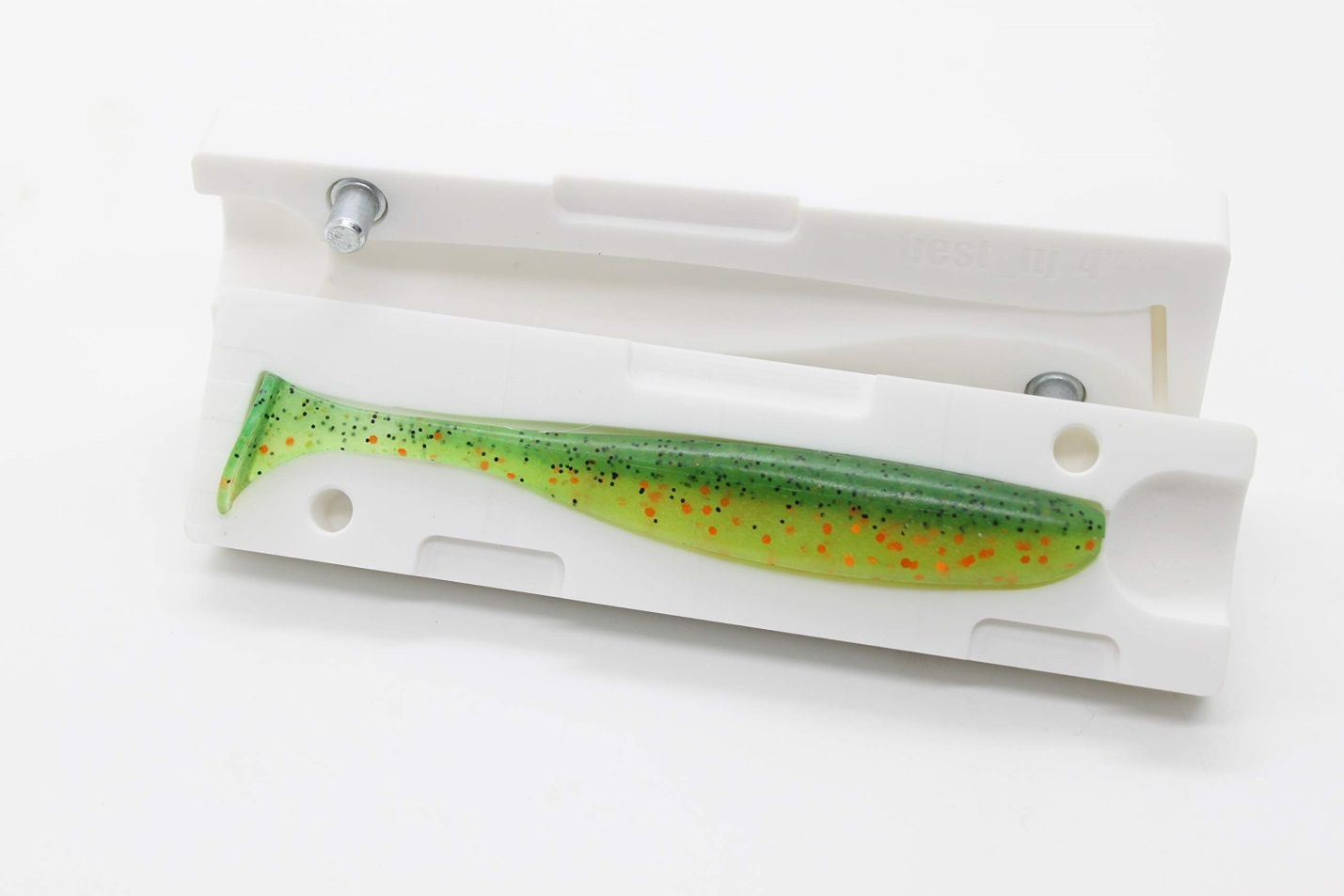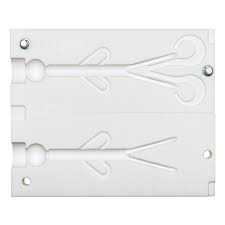Today on sale there is a huge variety of all kinds of silicone lures and plastic bait molds. The popularity of such baits among anglers is increasing, and this is not surprising, because they show good results in fishing.
Fishermen are savvy people and have learned not only to repair broken silicone tips, but also to make them on their own, thereby saving the family budget. Among other things, with homemade manufacturing, you can seriously replenish the angler's assortment. To learn how to make silicone baits on your own, you need to know some features and secrets.
Having learned how to make silicone tips on their own, each angler discovers a number of advantages and benefits:

When fishing with plastic bait molds, it often happens that they become damaged. Fishermen carry out the process of repairing such baits on their own, in several ways.
If the breakdown needs to be fixed right on the fishing trip, then the fishermen use ordinary matches or a lighter, they simply heat two parts of the broken silicone bait, and then press them together and hold them until they cool completely. With such a repair, it is very important not to overdo it and not overheat the silicone.
In some cases, anglers use glue, but at the same time the gluing site becomes much less elastic, and this state of affairs has a very bad effect on the parameters of the game of the repaired silicone bait.
If you repair silicone at home, this is possible with a soldering iron, thus, it is possible to achieve better heating of the joint, among other things, and you can correct the shape of the silicone nozzle that has repaired.
In order to establish the production of plastic bait molds on his own, the angler should stock up on the following components:
The easiest way to replenish stocks of silicone for casting silicone baits is to simply remit existing and completely unusable silicone tips. You can remit such silicone on a gas stove, in a water bath, or in a microwave oven.
You can use the purchase of silicone to make silicone baking dishes and other products, but in this case the forms themselves are tough, but they will last a very long time.
To make silicone lures on his own, the angler should know that when excessively heated, silicone loses its characteristics. The best way to melt silicone for fishing lures is a microwave. It is in it that you can set the required melting temperature, which can also be found on the Internet.
You can also use a water bath on a gas stove, but this method is more laborious and requires special care from the manufacturer. Among other things, when heating, you should add fat, salt, various attractants and similar enhancers of taste and aroma.
The process of casting plastic bait molds will not be possible without molds. Moreover, the forms consist of gypsum or plexiglass. Plexiglass molds are very difficult to make at home, but plaster molds are quite simple to make. Moreover, the matrices are either one-sided or two-sided.
One-sided shapes are most suitable for those silicone lures that do not have any complex shapes. To begin with, a body has to assemble, into which the plaster mold is to pour, after pouring the plaster, the sample immerses in it, while pre-lubricating it for easier pulling out.
Lures such as vibro tails and many others are best cast using double-sided molds. At the same time, the manufacture of such matrices is practically identical to the manufacture of forms of a one-sided nature, but the sample has fill in only half. Double-sided molds are most suitable for casting silicone lures with complex shapes.
When making a matrix, remember that you need to leave special grooves, where silicone will subsequently be poured. It is best to fill the silicone with a syringe. You can make a silicone bait of two colors, but then you will need to stock up on two syringes.
To independently make different silicone plastic bait molds with your own hands, you must first make matrices for each type of such baits. After pouring the silicone into the mold and letting it cool, place the silicone tip in cold water to give it more elasticity. Then all that remains is to attach hooks to such homemade silicone baits, and the bait is ready for fishing.
There are many silicone baits available. They differ in many aspects - not only in a different shape, which affects the nature of the vibrations. Color and attractant are equally important - they contribute to the emergence of an irresistible desire in predatory fish to attack the bait.
Colors
The two traditional colors in which the first silicone baits painted are white and yellow. They have high contrast and are easy to make from one material. The lures of these flowers attract the attention of many predatory fish and are indispensable when used in troubled waters.
Some white soft plastic bait molds have a red head. Red imitates blood and attracts the attention of predatory fish. Fishing enthusiasts nicknamed them "Marlboro".

These lures are characterized by the imitation of the color and color of certain fish. Most often it is roach and, in particular, perch, whose striped color is taken as the basis for many colors.
Glitter is used to imitate the special sheen of roach scales and bleak.
Bright colors have become available in recent years. The use of orange, acid green, and pink can go a long way towards attracting predatory fish or when fishing in deep waters and muddy waters.
